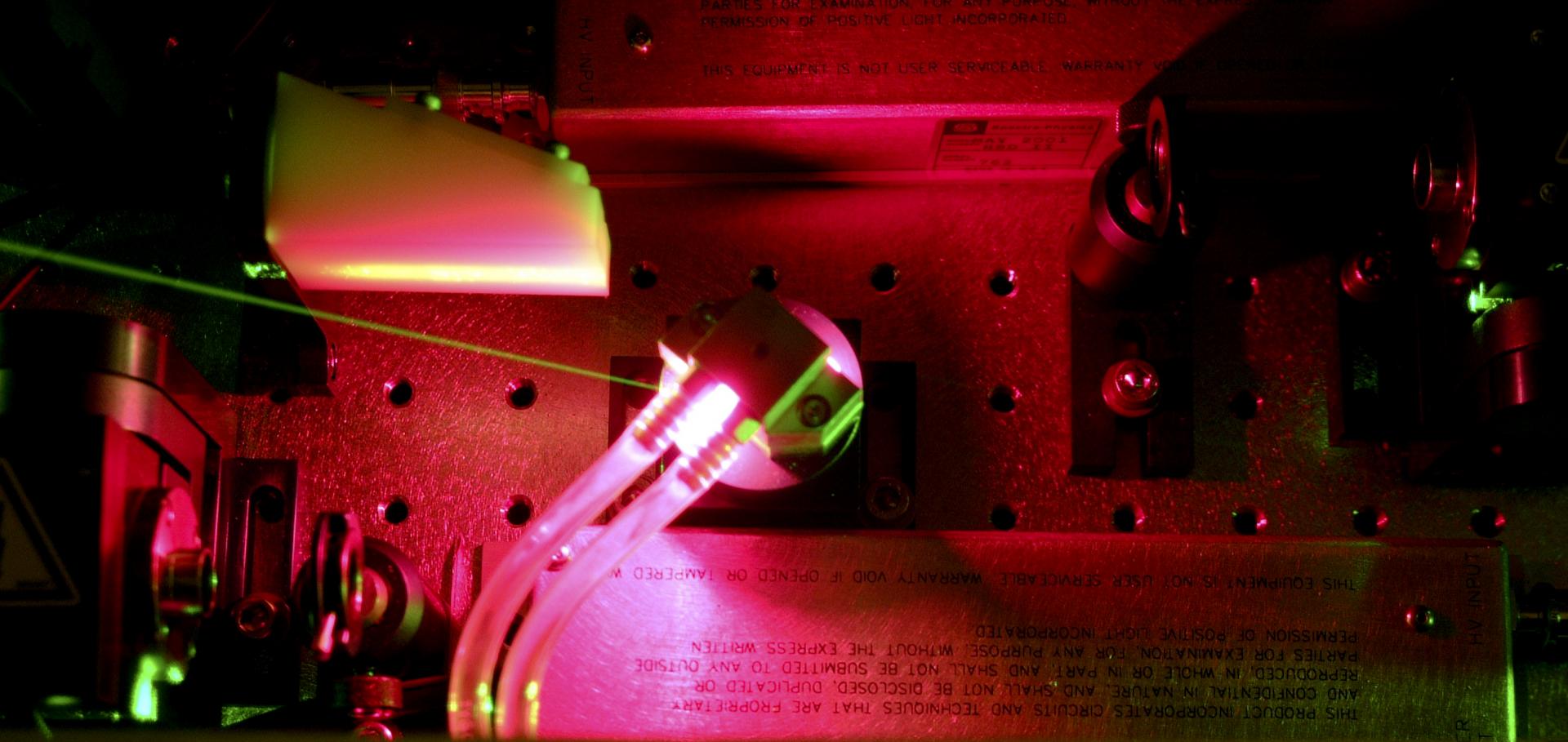Demonstration of a collisionally excited optical-field-ionization XUV laser driven in a plasma waveguide
Physical Review Letters 91 (2003) article 205001 4 pages
Molecular-dynamic calculation of the relaxation of the electron energy distribution function in a plasma.
Phys Rev E Stat Nonlin Soft Matter Phys 68:5 Pt 2 (2003) 056401
Abstract:
A molecular-dynamic (MD) code is used to calculate the temporal evolution of nonequilibrium electron distribution functions in plasmas. To the authors' knowledge, this is the first time that a molecular-dynamic code has been used to treat this problem using a macroscopic number of particles. The code belongs to the class of P3M (particle-particle-particle-mesh) codes. Since the equations solved by the MD code are fundamental, this approach avoids several assumptions that are inherent to alternative methods. For example, the initial energy distribution can be arbitrary, and there is no need to assume a value for the Coulomb logarithm. The advantages of the MD code are illustrated by comparing its results with those of Monte Carlo and Fokker-Planck codes with a set of plasma parameters for which the Fokker-Planck calculation is shown to give incorrect results. As an example, we calculate the relaxation of the electron energy distribution produced by optical field ionization of a mixed plasma containing argon and hydrogen.Gas-filled capillary discharge waveguides
Journal of the Optical Society of America B: Optical Physics 20:1 (2003) 138-151
Abstract:
We describe in detail the operation of the gas-filled capillary discharge waveguide for high-intensity laser pulses and discuss measurements and magnetohydrodynamic simulations that show that the plasma channel produced is parabolic and essentially fully ionized. We present the results of experiments in which laser pulses with a peak input intensity of 1.2 × 1017 W cm-2 were guided through hydrogen-filled capillary discharges with lengths of 30 and 50 mm. The pulse energy coupling and transmission losses were determined to be <4% and (7 ± 1) m-1, respectively. We discuss the application of waveguides of this type to driving short-wavelength lasers and laser wakefield accelerators. © 2003 Optical Society of America.Demonstration of lasing at 41.8 nm in Xe8+ driven in a plasma waveguide
P SOC PHOTO-OPT INS 5197 (2003) 105-118
Abstract:
We describe the first demonstration of a collisionally-excited optical field ionisation laser driven within a gas-filled capillary waveguide. Lasing on the 4d(9)5d-4d(9)5p transition at 41.8 nm in Xe8+ was observed to be closely-correlated to conditions under which the pump laser pulses were guided well by the waveguide. Simulations of the propagation of the pump laser radiation show that gain was achieved over essentially the whole 30 mm length of the waveguide.Guiding of high-intensity laser pulses with a hydrogen-filled capillary discharge waveguide.
Phys Rev Lett 89:18 (2002) 185003


